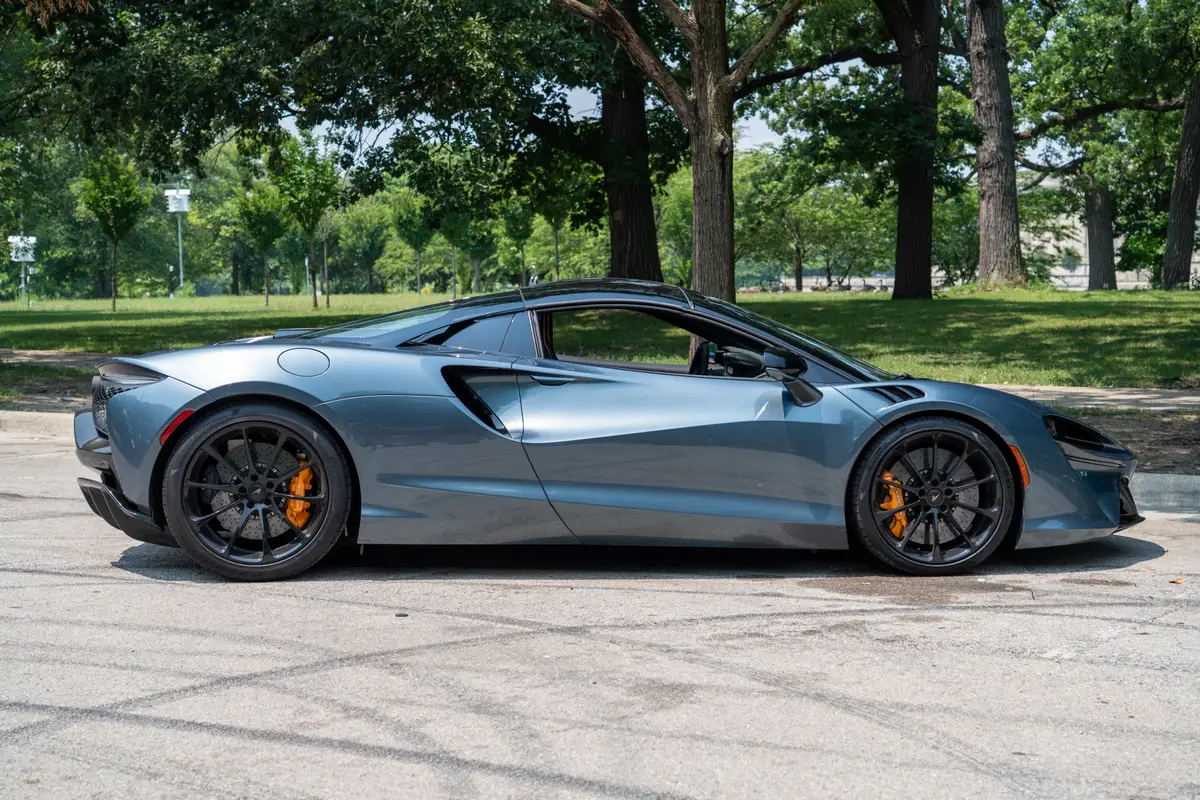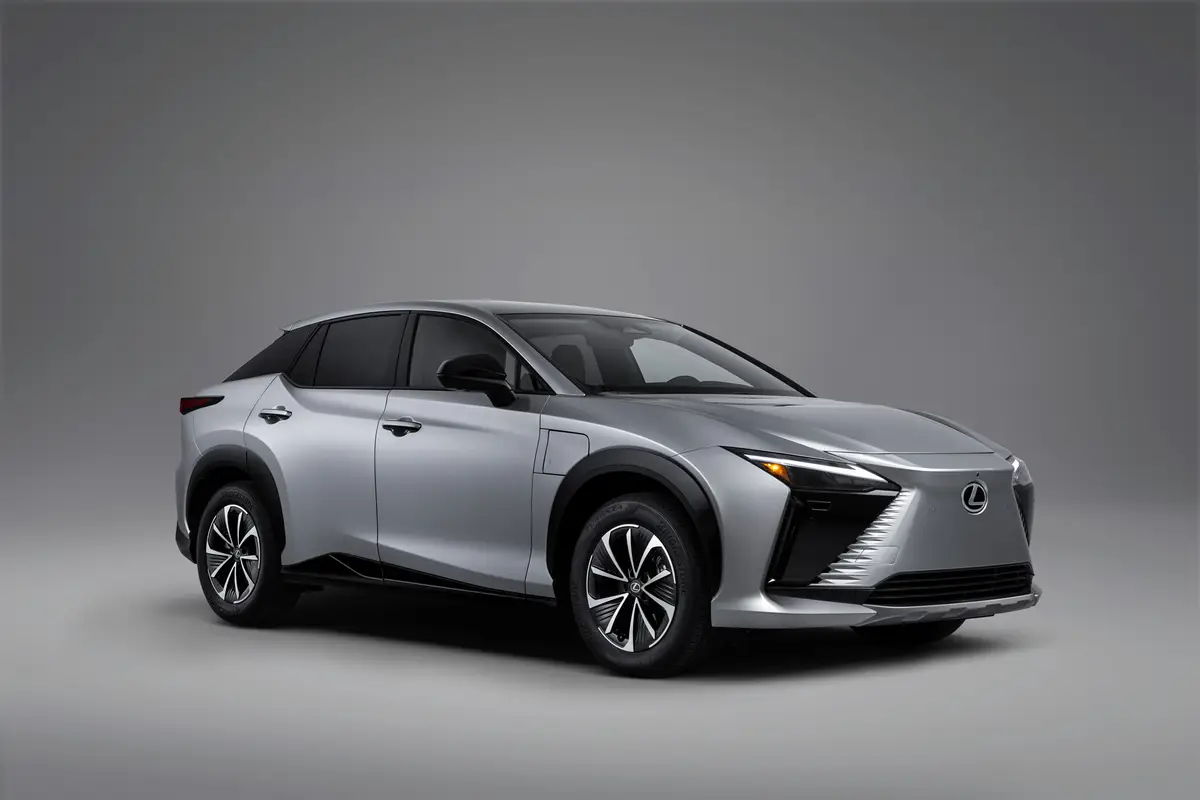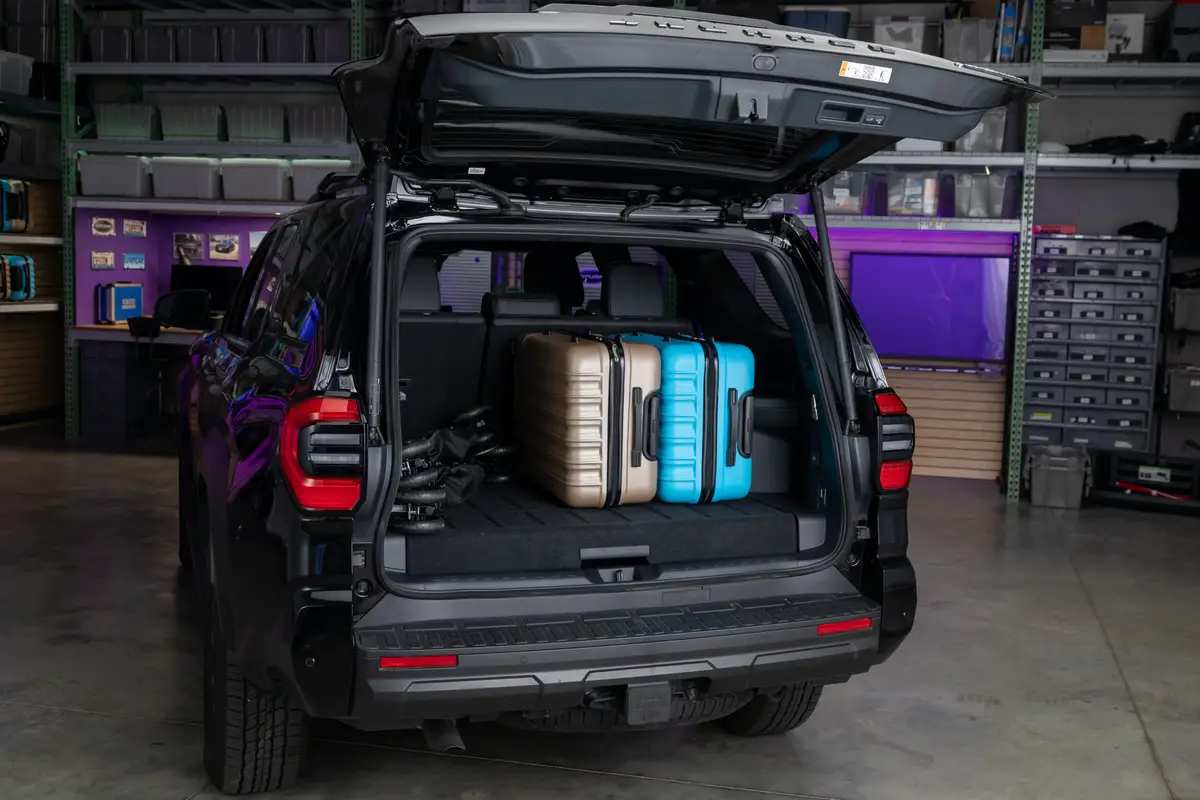Boston.com's view
When is an SUV not an SUV? When it’s an SAV, as the folks at BMW prefer to label their X5 series of autos.
Thus, sport utility vehicle becomes sport activity vehicle.
And if the X5 model in question is the 2002 4.6is, then “activity” could mean rocketing from 0-60 in 6.5 seconds and hitting a top speed of 149 miles per hour – this in a car that weighs nearly 2 tons.
With Mercedes-Benz out with its ML500 and ML55 AMG competitors, and the Porsche Cayenne due to hit the market this fall, BMW had to come up with an entry in what is to many folks, myself included, a strange niche of automobile. Why a high-performance SUV/SAV? Beats me, but there must be a market for them.
BMW introduced the X5 at the North American International Auto Show in Detroit in 1999. It first came in 4.4- and 3.0-liter models. But sensing some need for more speed, for 2002 BMW unleashed the 4.6is, a 340-horsepower howler that burbles like a muscle car, sits high like an SUV (while maintaining a low center of gravity), and handles silky smooth.
The 4.6is is a more aggressive looking version of the X5. It’s got a body-colored front spoiler with an air dam, air intakes below xenon headlights, and side wind splitters. The rear has a body-colored air dam, wind splitters, and twin chrome oval exhausts. And if that’s not enough to give this away as a more aggressive X5, the flared wheel wells housing 20-inch alloy wheels and wide, low-profile tires ought to do the trick.
Inside, this is as elegant and sporty as any car in its category. Exquisite leather is everywhere. The front bucket seats are firm, superbly bolstered, and multiadjustable. The headroom is substantial, and so is the legroom. The rear seat will comfortably hold three adults. That rear seat felt much roomier than the Mercedes-Benz ML500.
On the road, it was smooth, swift, and quiet.
The suspension features struts, double-pivot lower arms, coil springs, twin tube gas shocks and antiroll bar upfront and, in the rear, a 4-link integral setup with self-leveling air springs, twin tube gas shocks, and antiroll bar. This same suspension supported a 700 horsepower concept car called the X5 Le Mans, so it was not a surprise to find the car remarkably stable.
In sudden lane changes at highway speed (not recommended in most SUVs), it held flat and true. The sense of a low center of gravity was surprising since it still feels as if the driver sits pretty high in the X5. Part of that may be because BMW has routed the front driveshaft through the oil sump, letting the engine hunker ever lower in its cradle and pulling weight down.
It felt the same in sharp cornering on back roads, with little sense of body lean. Those bolstered seats were needed in some cases. On wet, snowy patches of road, its all-wheel-drive system, aided by dynamic stability control, was obvious in its intervention. Automatic braking and torque adjustments made spinning wheels or getting out of control seemingly imp ossible.
As I tried several times to make it break loose in the snow, it simply would not let me do so. It reminded me of the line from the David Crosby song:
“It was one of those nights/ You drive by your own street/
And you wonder who’s runnin’/ Your hands and your feet.”
This is not a bad thing because this is a car that, without some electronic assistance, lots of folks could do bad things with.
I didn’t take it to do any serious offroading and if I owned it, I certainly wouldn’t do it with the 20-inch wheels and low-profile tires. Those are for the performance aspect of this car. With the right wheels and tires, however, I suspect it would do just fine offroad. After all, 350 lbs.-ft. of torque is nothing to sneeze at. And it has a hill descent control feature that limits downhill speeds for offroad crawling.
Another interesting feature for adventurers is trailer stability control. This senses trailer sway when towing and uses automatic braking to cut the way. A trucker’s feature in a high-performance car.
Safety features include stability and traction control, ABS, dual front air bags, and dual front side air bags (rear side air bags are $550).
Convenience features include automatic climate control front and rear, heated power front seats, heated rear seats, memory system for the driver’s seat, sideview mirrors, and steering wheel, an 8-function onboard computer, and a 12-speaker audio system.
Again, I don’t understand just where the appeal of high-performance SUV/SAV vehicles originates. If I want to do 150 mph, or rocket from 0-60 in under seven seconds, I’m not sure I want it to be in a station wagon on steroids.
Yet for those who want just that snap – and the ability to haul the family, haul the ski gear, carry the groceries, you won’t find a much finer rig than the 4.6is. Of course, that Porsche Cayenne does loom on the horizon.
2002 BMW X5 4.6is
Base price $66,200
Price as tested $69,575
Horsepower 340
Torque 350 lb.-ft.
Wheelbase 111.0 inches
Overall length 183.7 inches
Width 75.8 inches
Height 67.2 inches
Curb weight 4,824 lbs.
Seating 5 passengers
Fuel economy 14 miles per gallon
SOURCE: BMW of North America; fuel economy from Globe testing.
Nice touch The lumbar support system for the front seats. Among the best I’ve seen.
Annoyance The AM band on the radio crackled every time I touched the brakes. For $70,000 I can’t listen to talk radio?
Latest news

The McLaren Artura Is Not Like the Others: Review


